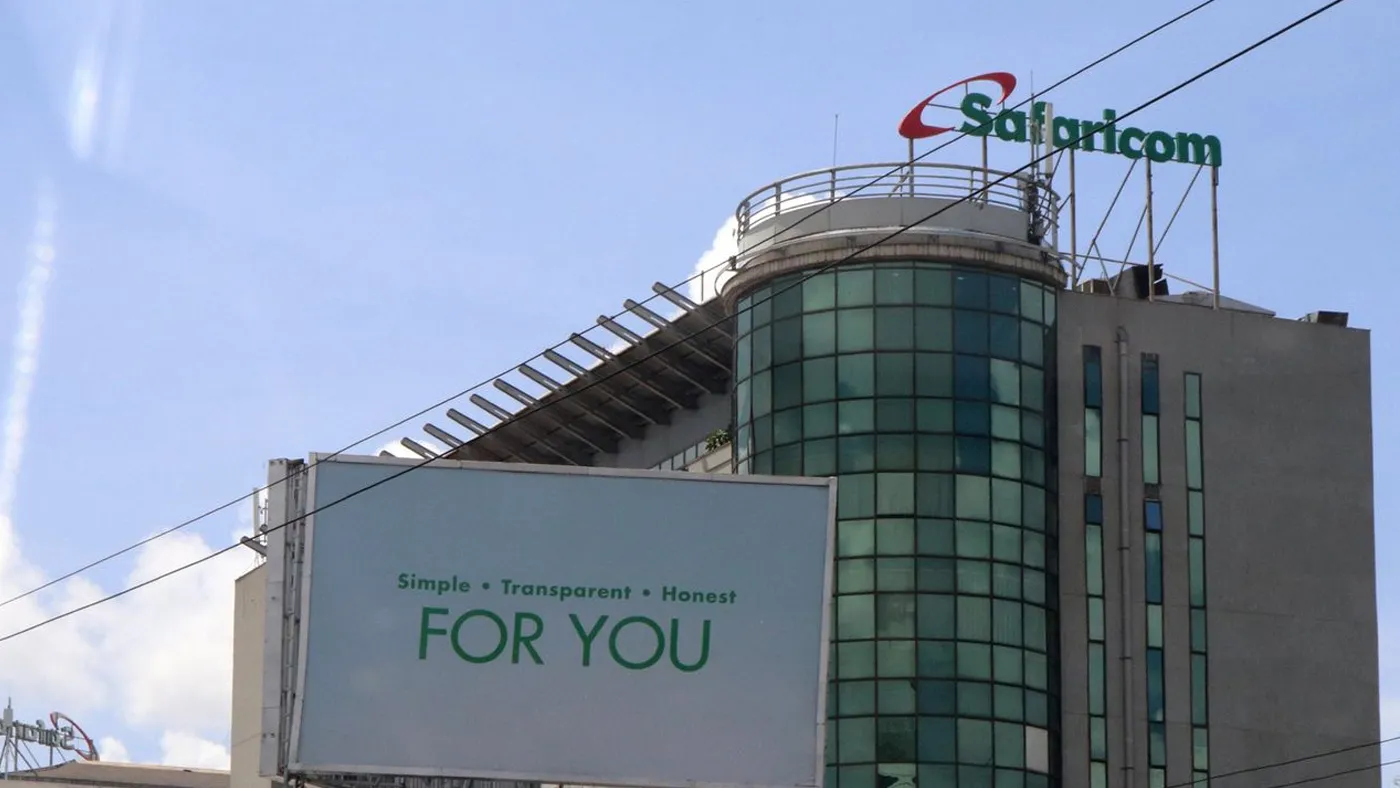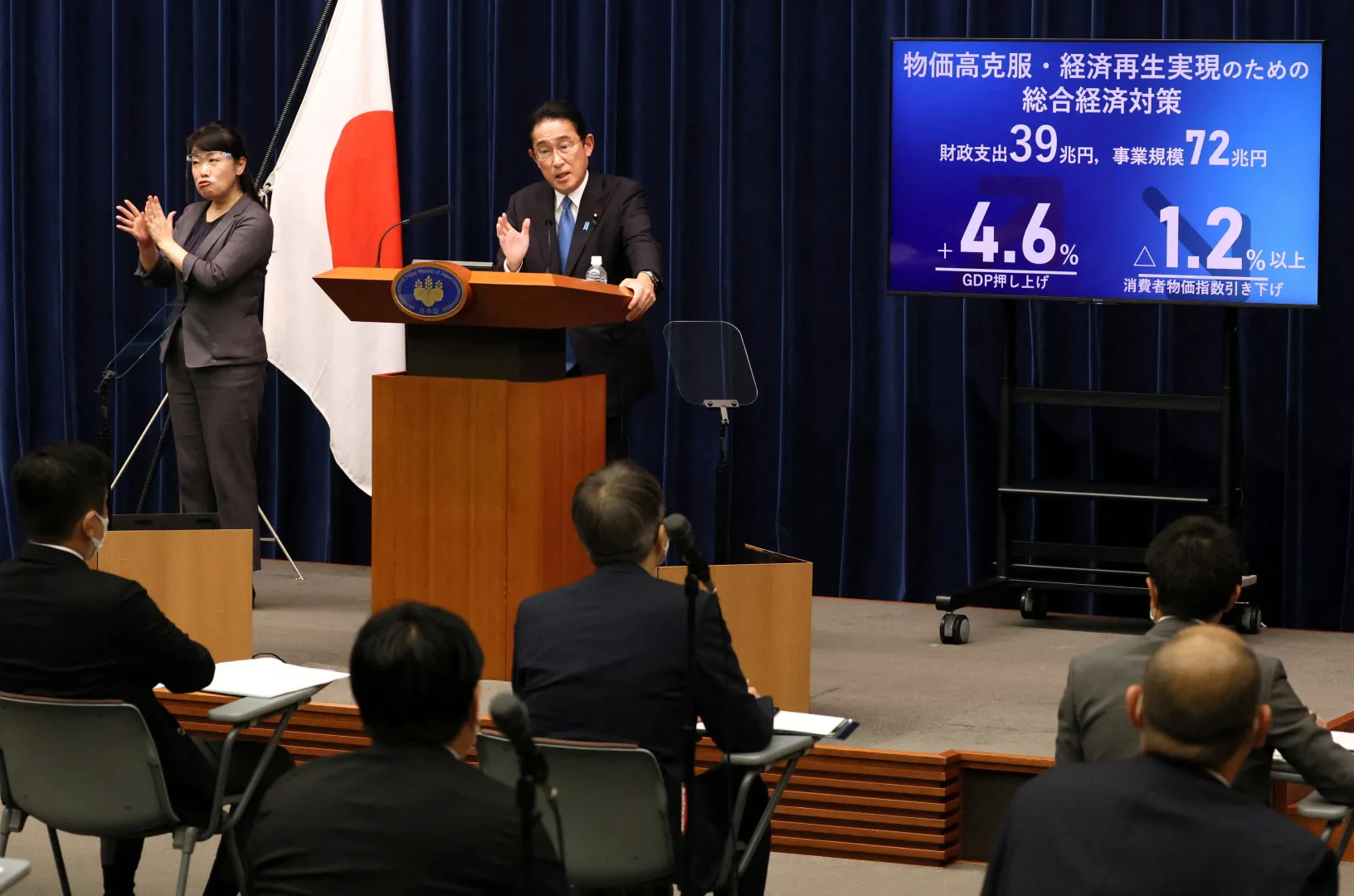Kenyan consumers are bracing for a substantial increase in the cost of living following a major announcement by the Energy and Petroleum Regulatory Authority (EPRA). In its latest monthly review, EPRA revealed a significant upward adjustment in the retail prices of Super Petrol, Diesel, and Kerosene, effective from Monday, July 15, to Thursday, August 14, 2025. This drastic increase, which comes after a period of relatively stable or marginally declining prices, is set to send ripple effects across all sectors of the Kenyan economy.
According to EPRA’s statement, the price of Super Petrol has surged by Ksh8.99 per litre, Diesel by Ksh8.67 per litre, and Kerosene by Ksh9.65 per litre. This translates to new pump prices in Nairobi of Ksh186.31 for Super Petrol, Ksh171.58 for Diesel, and Ksh156.58 for Kerosene. The suddenness and magnitude of these hikes are expected to catch many Kenyans by surprise, reigniting concerns over household budgets and inflationary pressures.
EPRA’s Mandate: The Complexities of Fuel Price Regulation in Kenya
The Energy and Petroleum Regulatory Authority (EPRA) is the independent government agency responsible for regulating the energy and petroleum sectors in Kenya. Its mandate, as outlined in Section 101(y) of the Petroleum Act 2019 and Legal Notice No. 192 of 2022, includes the calculation and gazettement of maximum retail prices for petroleum products across the country. This regulatory oversight aims to ensure that prudently incurred costs by importers and distributors are recovered, while also striving to maintain reasonable prices for consumers.
The formula used by EPRA to determine fuel prices is multifaceted, incorporating various components that reflect both international market dynamics and domestic fiscal policies. Understanding these components is crucial to comprehending the rationale behind the latest price adjustments:
- Landed Cost: This is the primary determinant, representing the cost of importing refined petroleum products into Kenya. It includes the Free On Board (FOB) price of the product at its origin, freight costs, insurance, and other charges incurred up to the point of discharge at the port of Mombasa. The landed cost is highly sensitive to global crude oil prices and the prevailing Kenya Shilling (KSh) to US Dollar (USD) exchange rate‘.
- Taxes and Levies: The Kenyan government imposes several taxes and levies on petroleum products, which constitute a significant portion of the final pump price. These include:
- Value Added Tax (VAT): As per the Finance Act 2023, VAT on petroleum products was increased from 8% to 16%. This doubling of the VAT rate significantly impacted pump prices from July 2023 onwards.
- Excise Duty: This is a specific tax levied per litre. The rates for excise duty are subject to annual adjustment for inflation, as stipulated by Legal Notice No. 194 of 2020. This mechanism ensures that the real value of the tax collected does not erode due to inflation. The Tax Laws (Amendment) Act 2024 also plays a role in these adjustments.
- Road Maintenance Levy: Funds collected from this levy are dedicated to the maintenance and development of Kenya’s road network. This levy has seen incremental increases over time, for instance, from Ksh 18 to Ksh 25 per litre by August 2024.
- Petroleum Development Levy (PDL): This levy is intended to stabilize fuel prices and fund strategic petroleum reserves. Historically, the PDL fund has been used to cushion consumers through subsidies, though its depletion has often led to price shocks when subsidies are withdrawn.
- EPRA Levy: A smaller levy that contributes to the operational costs of the regulatory body. This levy was tripled from Ksh 0.25 to Ksh 0.75 per litre in February 2024.
- Import Declaration Fee (IDF) and Railway Development Levy (RDL): These are other charges associated with the importation process.
- Margins: These are the amounts paid to oil marketing companies (OMCs) and fuel station dealers to cover their operational costs and ensure a reasonable profit. They include:
- Wholesale Margin: Covers costs like bulk storage, transportation from the port to depots, and handling.
- Retail Margin: Compensates fuel station owners for their investments (construction, equipment), operating expenses (staffing, rent, utilities), and day-to-day operations. Recent adjustments in March 2025 saw retail margins for Super Petrol, Diesel, and Kerosene increase, further contributing to the pump price.
The Global Tap: Why Kenya’s Pump Prices Reflect World Markets
The fundamental reason for Kenya’s vulnerability to global fuel price fluctuations is its 100% reliance on imported refined petroleum products. Unlike some oil-producing nations that have domestic refining capabilities, Kenya imports already processed fuel from international markets. This means that any shifts in global supply, demand, or geopolitical stability directly translate to changes at the local pump.
The latest price hike, as explained by EPRA, is primarily attributed to an increase in the average landed cost of imported petroleum products in June 2025 compared to May 2025:
- Super Petrol: Increased by 6.45% from US628.30 (Ksh81,169) per cubic metre.
- Diesel: Increased by 6.27% from US580.23(Ksh74,959)toUS616.59 (Ksh79,848) per cubic metre.
- Kerosene: Increased by 6.95% from US569(Ksh73,685)toUS608.54 (Ksh78,616) per cubic metre.
Several factors contribute to these global market trends:
- Global Crude Oil Prices: The price of crude oil, such as Murban crude (a common benchmark), is the most significant driver. These prices are influenced by:
- OPEC+ Decisions: The Organization of the Petroleum Exporting Countries (OPEC) and its allies (OPEC+) often adjust production quotas to balance global supply and demand, directly impacting prices. Any decisions to cut or increase production can send significant signals to the market.
- Geopolitical Events: Conflicts in major oil-producing regions (e.g., Middle East, lingering effects of the Ukraine war) can disrupt supply lines or create uncertainty, leading to price spikes.
- Global Demand: Economic growth in major consuming nations (e.g., China, India, US) drives demand. A strong global economy typically means higher oil consumption.
- Inventory Levels: The levels of crude oil and refined product inventories in key storage hubs (e.g., Cushing, Oklahoma, for WTI crude) can indicate market tightness or oversupply.
- Refining Capacity and Product Supply: Even if crude oil prices are stable, issues with global refining capacity (e.g., refinery outages due to maintenance, natural disasters, or unexpected shutdowns) can lead to shortages of refined products like petrol, diesel, and kerosene, pushing up their prices.
- Currency Exchange Rate: Since international oil trade is denominated in US Dollars, the strength of the Kenyan Shilling against the dollar plays a critical role. A depreciation of the KSh against the USD means that it costs more Kenyan Shillings to purchase the same amount of imported fuel, directly increasing the landed cost in local currency terms. The Central Bank of Kenya (CBK) closely monitors and influences the exchange rate, but it is also subject to global financial flows and market sentiment.
A Drastic Shift: Analyzing the Latest Price Hike
This latest review marks a notable departure from recent trends. In previous months, EPRA had often announced minor reductions in fuel prices, or at least increases of “small margins.” This pattern had offered some relief to consumers, suggesting a period of relative stability or even slight easing of inflationary pressures. The current increase, however, is substantial across all three products, making it one of the more significant jumps seen in recent times.
The regional variations in fuel prices across Kenya are primarily due to transportation costs from the port of Mombasa. Fuel is transported inland from Mombasa, and these logistical expenses are factored into the final retail price.
- Nairobi: Super Petrol: Ksh186.31, Diesel: Ksh171.58, Kerosene: Ksh156.58
- Mombasa: Super Petrol: Ksh183.02, Diesel: Ksh168.30, Kerosene: Ksh153.29 (lowest prices due to proximity to the port)
- Kisumu: Super Petrol: Ksh186.15, Diesel: Ksh171.78, Kerosene: Ksh156.83
- Nakuru: Super Petrol: Ksh185.33, Diesel: Ksh170.97, Kerosene: Ksh156.01
- Eldoret: Super Petrol: Ksh186.15, Diesel: Ksh171.80, Kerosene: Ksh156.83
The higher prices in inland towns like Kisumu, Nakuru, and Eldoret reflect the additional costs of transporting fuel from the coastal city, ensuring that the entire supply chain is covered.
The Ripple Effect: Impact on Kenyan Households and Businesses
A surge in fuel prices in an import-dependent economy like Kenya has far-reaching consequences, triggering a domino effect across various sectors and impacting the daily lives of citizens.
Impact on Households:
- Increased Transportation Costs: For the majority of Kenyans who rely on public transport (matatus, buses), fare increases are almost inevitable. This directly hits the disposable income of commuters. Private vehicle owners also face higher fuel bills, reducing their spending on other goods and services.
- Higher Cost of Basic Goods: Fuel is an essential input in the production and distribution of almost all goods. Increased transport costs for raw materials, manufactured products, and agricultural produce will inevitably be passed on to consumers, leading to higher prices for food, household items, and other necessities.
- Erosion of Purchasing Power: The combined effect of higher transport and commodity prices means that the average Kenyan’s income can purchase less, effectively reducing their real income and standard of living. This disproportionately affects low-income households, who spend a larger percentage of their income on essentials.
Impact on Businesses:
- Transport and Logistics Sector: This sector is immediately and severely impacted. Transporters face higher operating costs, which they must either absorb (reducing profitability) or pass on to clients (increasing freight charges). This can make Kenyan goods less competitive.
- Manufacturing Sector: Factories rely on fuel for power generation (especially during outages), machinery operation, and transporting raw materials and finished goods. Higher fuel costs translate directly into increased production costs, potentially leading to higher consumer prices or reduced profit margins.
- Agricultural Sector: Fuel is crucial for farm machinery (tractors, irrigation pumps) and for transporting produce from farms to markets. Increased fuel prices mean higher costs for farmers, which can either reduce their profitability or force them to raise food prices, further contributing to food inflation.
- Overall Operating Costs: From small businesses running generators to large corporations with extensive supply chains, increased fuel prices inflate overall operating costs, potentially slowing down business expansion, investment, and job creation.
Inflationary Spiral:
The most significant macroeconomic consequence of rising fuel prices is their contribution to cost-push inflation. When the cost of a key input like fuel increases, businesses pass these higher costs onto consumers in the form of higher prices for goods and services. This feeds into the Consumer Price Index (CPI), which is the primary measure of inflation compiled by the Kenya National Bureau of Statistics (KNBS).
Sustained increases in fuel prices can trigger an inflationary spiral, where rising costs lead to demands for higher wages, which in turn push up production costs further, creating a vicious cycle. This erodes the purchasing power of the Kenyan Shilling and can destabilize economic planning for both households and businesses. The Central Bank of Kenya (CBK) closely monitors inflation, and persistent inflationary pressures could influence its monetary policy decisions, potentially leading to higher interest rates to curb inflation, which would further impact borrowing costs for consumers and businesses.
The Subsidy Dilemma: A Historical Perspective and Future Challenges
Kenya has, in the past, resorted to fuel subsidies to cushion its citizens from sharp increases in global oil prices. Notably, between 2021 and 2022, the government implemented significant subsidies, drawing funds from the Petroleum Development Levy Fund. This intervention aimed to stabilize pump prices and alleviate the burden on consumers during periods of high international oil prices, particularly exacerbated by global events like the post-COVID-19 demand surge and the initial impact of the Ukraine war.
However, these subsidies proved to be fiscally unsustainable. The government spent billions of shillings monthly, rapidly depleting the PDL Fund and accumulating significant arrears owed to oil marketing companies. This led to artificial fuel shortages in some parts of the country, as marketers were reluctant to import fuel at higher global prices when they were not guaranteed timely reimbursement of the subsidy difference. Reports of emerging black markets with exorbitant prices further highlighted the distortions created by the subsidy mechanism.
Recognizing the unsustainability, the government began to gradually withdraw the subsidies. In September 2022, the subsidy on Super Petrol was completely removed, leading to a sharp increase in its price. Subsidies on Diesel and Kerosene were retained for a longer period due to their direct impact on public transport, agriculture, and lighting for low-income households, but these too were eventually phased out or significantly reduced.
The current absence of a widespread fuel subsidy means that Kenyans are now directly exposed to the full impact of global market fluctuations and the various taxes and levies. While this approach promotes market efficiency and reduces the fiscal burden on the government, it places the entire cost burden squarely on consumers and businesses.
Looking Ahead: Navigating Economic Headwinds
The latest fuel price hike presents a significant economic challenge for Kenya. In the short term, consumers should anticipate continued pressure on their cost of living, with potential increases in transport fares and commodity prices. Businesses will need to re-evaluate their operating costs and potentially adjust their pricing strategies, which could further fuel inflation.
In the long term, Kenya’s reliance on imported refined petroleum underscores the need for strategic interventions:
- Energy Diversification: Continued investment in domestic renewable energy sources, particularly geothermal power (where Kenya is a global leader), solar, and wind energy, can reduce the country’s dependence on fossil fuels for electricity generation, indirectly easing demand for imported petroleum.
- Exploration for Domestic Oil and Gas: While Kenya has discovered oil in Turkana, its commercial viability and production timeline are still subject to significant development. Continued exploration for both crude oil and natural gas within Kenya could eventually reduce import dependency, though building refining capacity would also be crucial.
- Fiscal Discipline and Revenue Mobilization: The government’s ability to manage its finances prudently and explore alternative, sustainable revenue streams will be critical to avoid over-reliance on fuel taxes, especially during periods of high global prices.
- Promoting Efficiency and Conservation: Encouraging fuel-efficient vehicles, promoting public transportation, and investing in urban planning that reduces commuting distances can help mitigate the impact of high fuel prices.
For Kenyan households, adapting to the new reality may involve reviewing personal budgets, exploring carpooling options, increasing reliance on public transport, or considering more fuel-efficient modes of travel. Businesses, on their part, will need to enhance operational efficiencies, optimize logistics, and explore alternative energy solutions where feasible to absorb or manage the increased costs.
Conclusion: A Test of Resilience for Kenya’s Economy
EPRA’s announcement of a substantial increase in fuel prices is a stark reminder of Kenya’s deep integration into the global energy market and its vulnerability to international price swings. While the regulatory framework aims for transparency and cost recovery, the immediate impact on the cost of living for ordinary Kenyans and the operational costs for businesses is undeniable.
This period will serve as a test of resilience for the Kenyan economy. The government faces the delicate task of balancing fiscal sustainability with the need to protect its citizens from severe economic shocks. For consumers and businesses, strategic adjustments and a focus on efficiency will be paramount. As the nation navigates these economic headwinds, the long-term vision of energy diversification and sustainable economic growth remains critical to building a more robust and less susceptible future for Kenya.
Ready to take your career to the next level? Join our dynamic courses: ACCA, HESI A2, ATI TEAS 7 , HESI EXIT , NCLEX – RN and NCLEX – PN, Financial Literacy!🌟 Dive into a world of opportunities and empower yourself for success. Explore more at Serrari Ed and start your exciting journey today! ✨
photo source: Google
By: Montel Kamau
Serrari Financial Analyst
15th July, 2025
Article, Financial and News Disclaimer
The Value of a Financial Advisor
While this article offers valuable insights, it is essential to recognize that personal finance can be highly complex and unique to each individual. A financial advisor provides professional expertise and personalized guidance to help you make well-informed decisions tailored to your specific circumstances and goals.
Beyond offering knowledge, a financial advisor serves as a trusted partner to help you stay disciplined, avoid common pitfalls, and remain focused on your long-term objectives. Their perspective and experience can complement your own efforts, enhancing your financial well-being and ensuring a more confident approach to managing your finances.
Disclaimer: This article is for informational purposes only and does not constitute financial advice. Readers are encouraged to consult a licensed financial advisor to obtain guidance specific to their financial situation.
Article and News Disclaimer
The information provided on www.serrarigroup.com is for general informational purposes only. While we strive to keep the information up to date and accurate, we make no representations or warranties of any kind, express or implied, about the completeness, accuracy, reliability, suitability, or availability with respect to the website or the information, products, services, or related graphics contained on the website for any purpose. Any reliance you place on such information is therefore strictly at your own risk.
www.serrarigroup.com is not responsible for any errors or omissions, or for the results obtained from the use of this information. All information on the website is provided on an as-is basis, with no guarantee of completeness, accuracy, timeliness, or of the results obtained from the use of this information, and without warranty of any kind, express or implied, including but not limited to warranties of performance, merchantability, and fitness for a particular purpose.
In no event will www.serrarigroup.com be liable to you or anyone else for any decision made or action taken in reliance on the information provided on the website or for any consequential, special, or similar damages, even if advised of the possibility of such damages.
The articles, news, and information presented on www.serrarigroup.com reflect the opinions of the respective authors and contributors and do not necessarily represent the views of the website or its management. Any views or opinions expressed are solely those of the individual authors and do not represent the website's views or opinions as a whole.
The content on www.serrarigroup.com may include links to external websites, which are provided for convenience and informational purposes only. We have no control over the nature, content, and availability of those sites. The inclusion of any links does not necessarily imply a recommendation or endorsement of the views expressed within them.
Every effort is made to keep the website up and running smoothly. However, www.serrarigroup.com takes no responsibility for, and will not be liable for, the website being temporarily unavailable due to technical issues beyond our control.
Please note that laws, regulations, and information can change rapidly, and we advise you to conduct further research and seek professional advice when necessary.
By using www.serrarigroup.com, you agree to this disclaimer and its terms. If you do not agree with this disclaimer, please do not use the website.
www.serrarigroup.com, reserves the right to update, modify, or remove any part of this disclaimer without prior notice. It is your responsibility to review this disclaimer periodically for changes.
Serrari Group 2025












